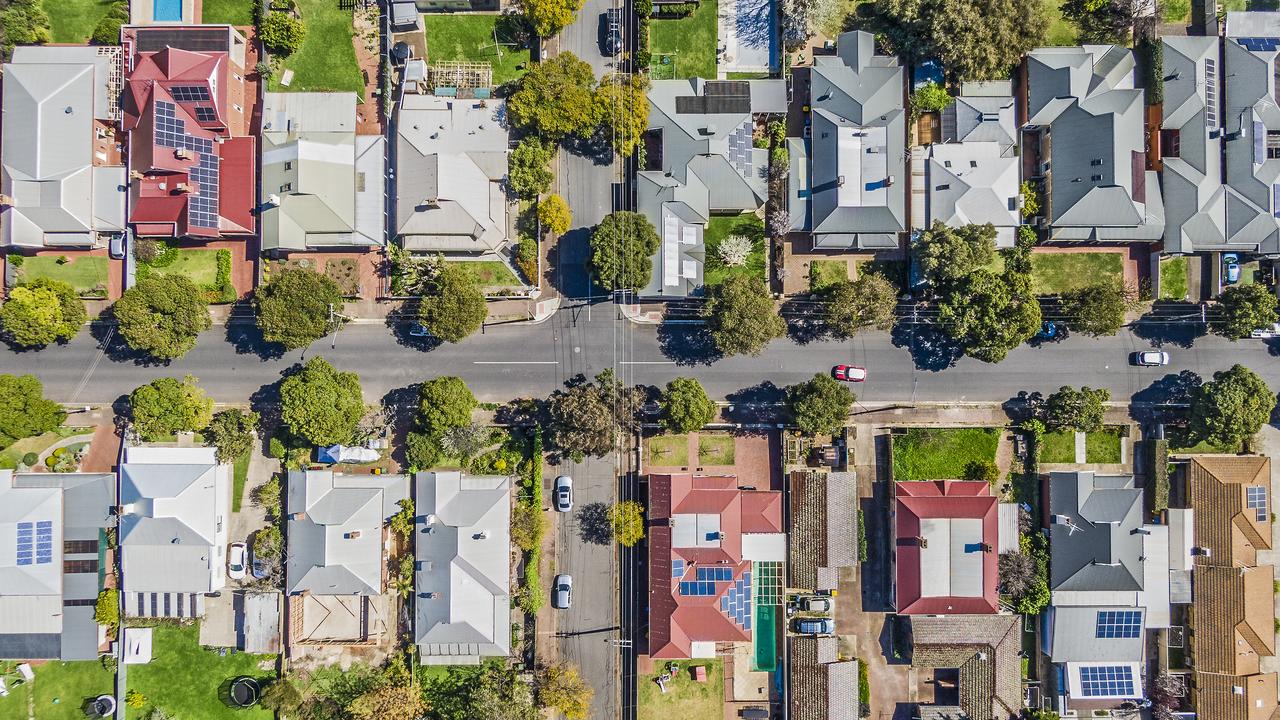There aren’t enough houses in Australia to accommodate the population. From a time when supply and demand were in balance fifteen years ago, the shortage has steadily become worse.
Many theories have been proposed as to the cause of the shortage – too many immigrants, high building material costs, a shortage of trades people, excessive costs on union controlled high rise residential building sites, and more.
All these factors probably play a part. However the problem is simple really. We live in a capitalist economy where the supply of, and demand for, everything, quickly finds a balance if left to do so freely.
The problem with housing is that it isn’t a free market. There is a huge amount of regulation. Multiple approvals are required to build a single house. With major, multi-dwelling builds the approval process often takes several years. Overregulation and long approval times are the problem.
This shortage means that residential property values are assured of remaining strong for many years, until we find a way to expedite approvals and the supply of new dwellings catches up. Investors in appropriate circumstances can consider property investments with confidence.
Property can be a very effective wealth accumulation vehicle. Not every property is guaranteed to grow in value but most will. Buying with a loan gives the benefit of gearing, making gains on borrowed money. Gearing accelerates, multiplies the return, positive or negative.
These strategies suit those seeking to accumulate wealth who have reliable, higher incomes and equity in a home already. This could be younger people seeking to get ahead and prepared to borrow big and sacrifice personal cashflow to fund a negatively geared position.
It could be middle aged people who have their mortgage under control, have been promoted to better salary levels, and who are keen to accumulate more than just superannuation.
The net rental income after costs is very important. In major cities the yield is usually 2 to 3 per cent. In regional centres it averages 3 to 4 per cent, while smaller towns see higher yields. If the loan costs 5.5 per cent the net rental income may not be enough to pay the interest.
Any negative net cashflow must be subsidised from salary. In time the rent will increase and the property may become self-funding.
Investment properties aren’t so attractive for retirees. They often need 5 to 6 per cent income from their investments. At 2 to 4 per cent, residential property doesn’t pay enough. Retirees are often better to sell rental properties and add the proceeds to their super pensions.

